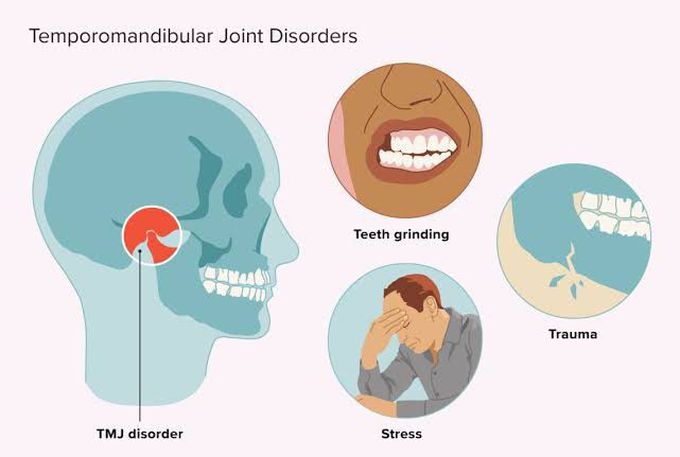Colorectal Cancer Colors

The colors associated with colorectal cancer awareness are blue and brown, although the most commonly recognized color is blue. These colors serve as a reminder of the importance of screenings, early detection, and the ongoing fight against this disease. Colorectal cancer, which affects the colon or rectum, is one of the more common types of cancer found in both men and women. The use of specific colors to represent awareness and support for various diseases, including colorectal cancer, has become a powerful way to visibly demonstrate solidarity and bring attention to these health issues.
Understanding Colorectal Cancer
Colorectal cancer often begins as small, noncancerous (benign) clumps of cells called polyps that form on the inside of the colon or rectum. Over time some of these polyps can become colon cancers. The risk of developing colorectal cancer increases with age, and it’s most common in people older than 50. However, it can occur at any age. Lifestyle, diet, and genetics can all contribute to the risk of developing colorectal cancer.
Signs and Symptoms
Early stages of colorectal cancer may not produce any symptoms. As the cancer grows, symptoms may include:
- Changes in bowel movements, such as diarrhea or constipation
- Blood in the stool or black stools
- Persistent abdominal discomfort, such as cramps, gas, or pain
- Weakness or fatigue
- Unexplained weight loss
Importance of Screening
Screening is crucial for detecting colorectal cancer early, when it is more treatable. The U.S. Preventive Services Task Force recommends that adults aged 50 to 75 be screened for colorectal cancer. Several screening options are available, including colonoscopy, stool-based tests, CT colonography, and flexible sigmoidoscopy. The choice of test depends on your risk factors, preferences, and your doctor’s recommendations.
Dietary Factors
Diet and lifestyle play significant roles in the prevention of colorectal cancer. Eating a variety of fruits, vegetables, and whole grains can help reduce your risk. Limiting red and processed meats can also be beneficial. Maintaining a healthy weight, staying physically active, and limiting alcohol consumption are additional strategies for reducing risk.
Awareness and Support
The blue color associated with colorectal cancer awareness is a powerful symbol of support for those affected by the disease and their families. Wearing blue, participating in walks or runs, and donating to research organizations are ways to show support and raise awareness about colorectal cancer.
During Colorectal Cancer Awareness Month, which is observed in March, numerous events and campaigns are organized to educate the public about the importance of early detection, treatment options, and the latest research findings. Raising awareness about colorectal cancer not only encourages people to get screened but also fosters a community of support for those dealing with the disease.
Conclusion
The fight against colorectal cancer involves a comprehensive approach that includes awareness, prevention through lifestyle choices, and access to early screening and treatment. By understanding the risks, symptoms, and importance of screenings, individuals can take proactive steps towards their health and well-being. The colors of awareness—blue for colorectal cancer—serve as a constant reminder of the ongoing battle against this disease and the hope for a future where such cancers can be more effectively prevented, detected, and treated.
What is the primary color associated with colorectal cancer awareness?
+The primary color associated with colorectal cancer awareness is blue.
What are some common signs and symptoms of colorectal cancer?
+Common signs and symptoms include changes in bowel movements, blood in the stool, abdominal discomfort, weakness, and unexplained weight loss.
Why is screening important for colorectal cancer?
+Screening is important because it can detect colorectal cancer early, when it is more treatable. Several screening options are available, and the choice of test depends on individual risk factors and preferences.
How can dietary factors influence the risk of colorectal cancer?
+Eating a diet rich in fruits, vegetables, and whole grains, and limiting red and processed meats, can help reduce the risk of colorectal cancer.
What is the significance of wearing blue during Colorectal Cancer Awareness Month?
+Wearing blue is a way to show support for those affected by colorectal cancer and to raise awareness about the importance of screenings and the latest research findings.
Steps for Colorectal Cancer Prevention and Early Detection

- Get Screened Regularly: Follow the recommended screening guidelines based on your age and risk factors.
- Maintain a Healthy Diet: Focus on consuming a variety of fruits, vegetables, and whole grains, and limit red and processed meats.
- Stay Physically Active: Regular physical activity can help reduce the risk of colorectal cancer.
- Limit Alcohol Consumption: Excessive alcohol consumption can increase the risk of colorectal cancer.
- Don’t Smoke: Smoking is a significant risk factor for many cancers, including colorectal cancer.
Experts emphasize that early detection and prevention through lifestyle modifications are key in the fight against colorectal cancer. By understanding the risks and taking proactive steps, individuals can significantly reduce their likelihood of developing this disease.


